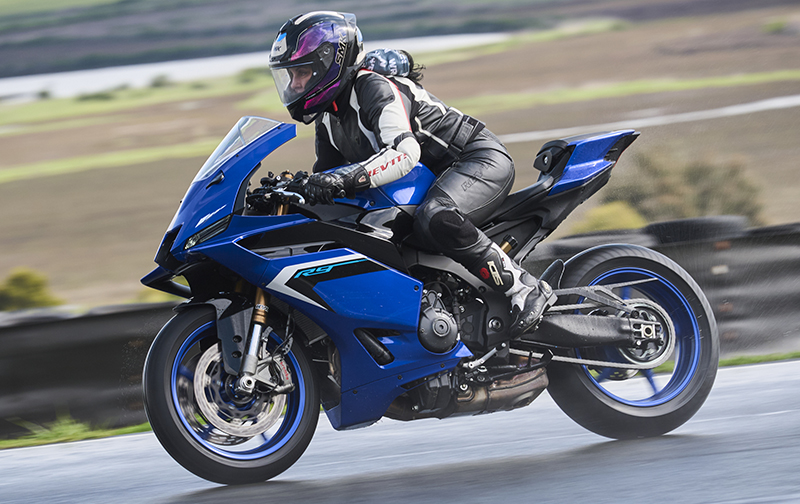When Yamaha invites us to ride the all-new 2025 R9 at Sonoma Raceway, I jump at the opportunity. I know Yamaha’s reputation for performance motorcycles, and can’t wait to swing a leg over their new supersport. I also know it will be a blast to ride on this renowned track. But with rain falling steadily over Northern California’s rolling hills, the conditions are less than ideal. I shift my mindset from track riding to street riding for the morning.

The Yamaha R9 Rides the Rain Away at Sonoma Raceway
Sonoma Raceway, nestled in California’s wine country, is one of the most technical tracks in the U.S. with blind crests, tight corners, and dramatic elevation changes. The rain adds a layer of challenge, but Yamaha’s R9 handles it with confidence. From the moment I roll onto the wet track, I am impressed by how planted the bike feels. I quickly trust its electronics to help me focus on my line, body position, and braking. As the track dries out, the R9 reveals itself as a torquey, confidence-inspiring master of all conditions. After a day on the bike, I can say the R9 delivers on its promise of a superbike that is usable for any rider.
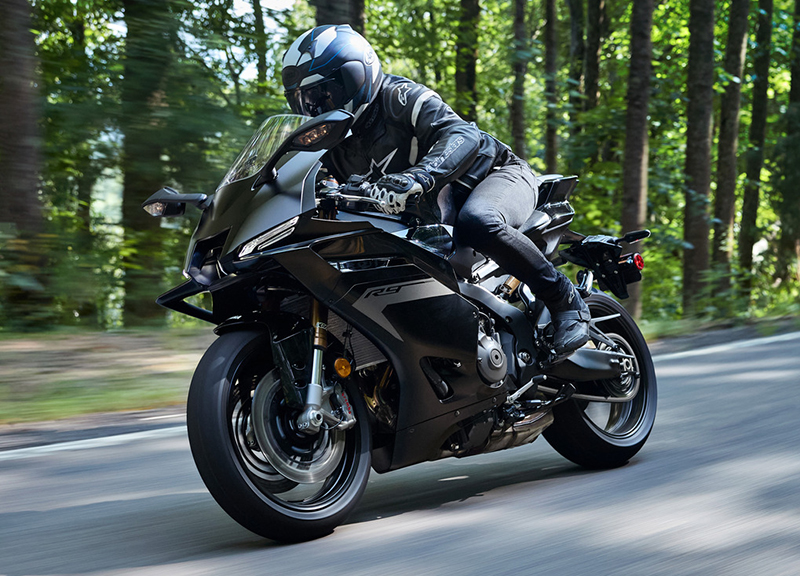
The bike’s ergonomics, for my 5-foot-4-inch stature, are comfortable and balanced, especially for a track-worthy motorcycle. The clip-on handlebars are rotated slightly forward for better upper-body mobility—think modern MotoGP body positioning—but they’re still comfortable enough for all-day street rides.
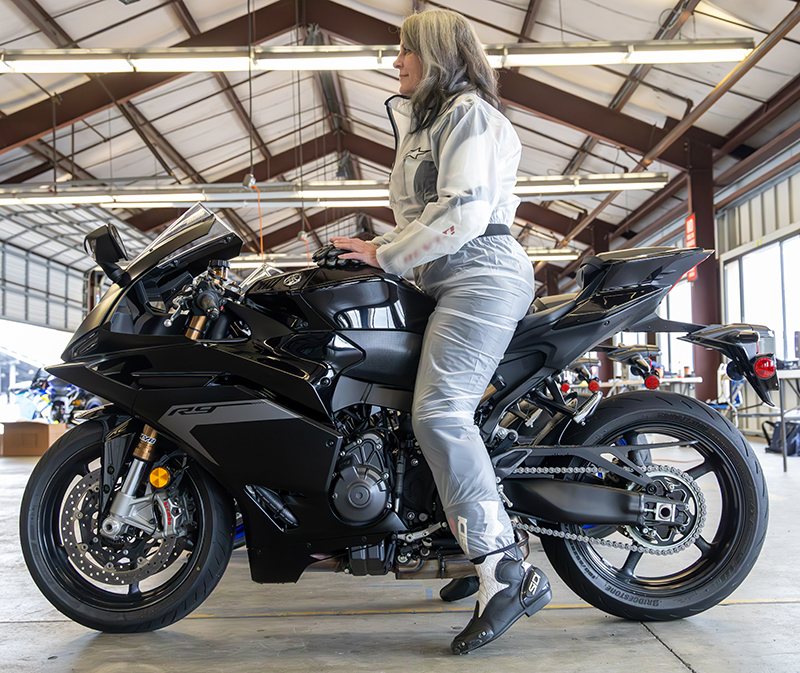
High-Performance Thrills Without the High-end Price
The Yamaha R9 sits in a sweet spot between the popular R7 and the liter-class R1. It’s powered by Yamaha’s CP3 engine, the same 890cc inline triple that’s proven itself in the MT-09. But here, it’s retuned for smoother, more linear power that comes on early—meaning you don’t have to wring it out to have fun. And that low-end torque? The triple engine is quick off the line and powers exhilaratingly out of corners.
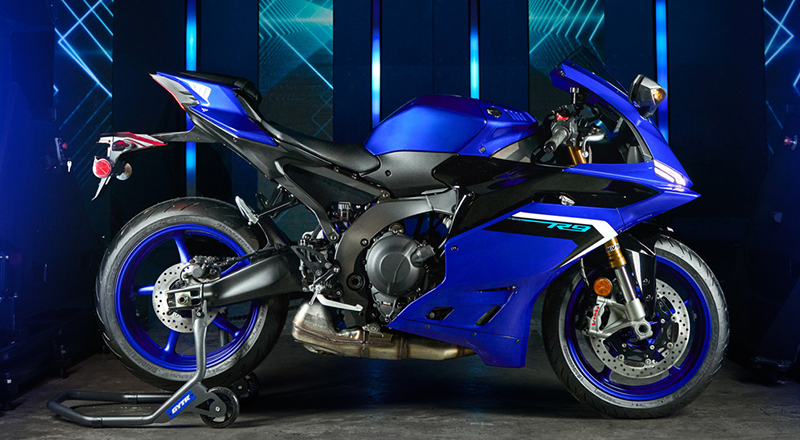
Street to Track: Built for Both Worlds
The R9 may not wear the “superbike” title officially, but with its 117-horsepower CP3 engine, race-bred chassis, premium Brembo brakes, MotoGP-derived electronics, and aerodynamic winglets that add real downforce at speed, it delivers the kind of performance, precision, and excitement you'd expect from a true liter-class machine—just in a more accessible, rider-friendly package.
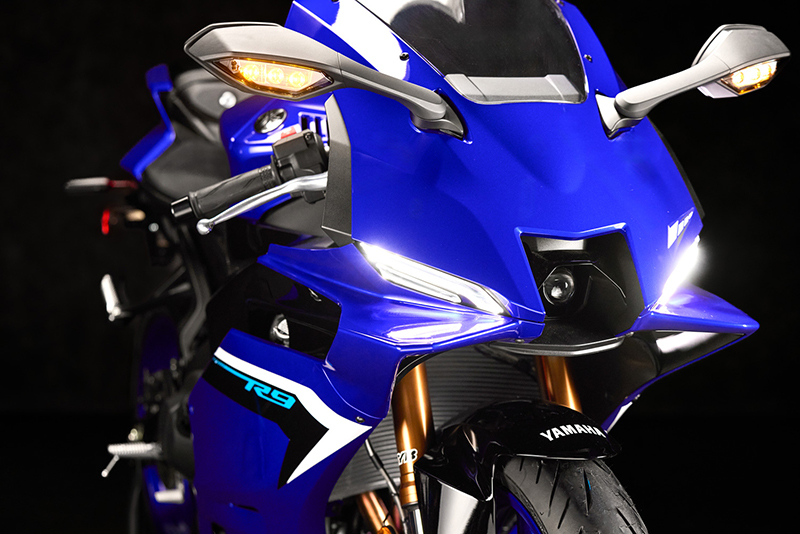
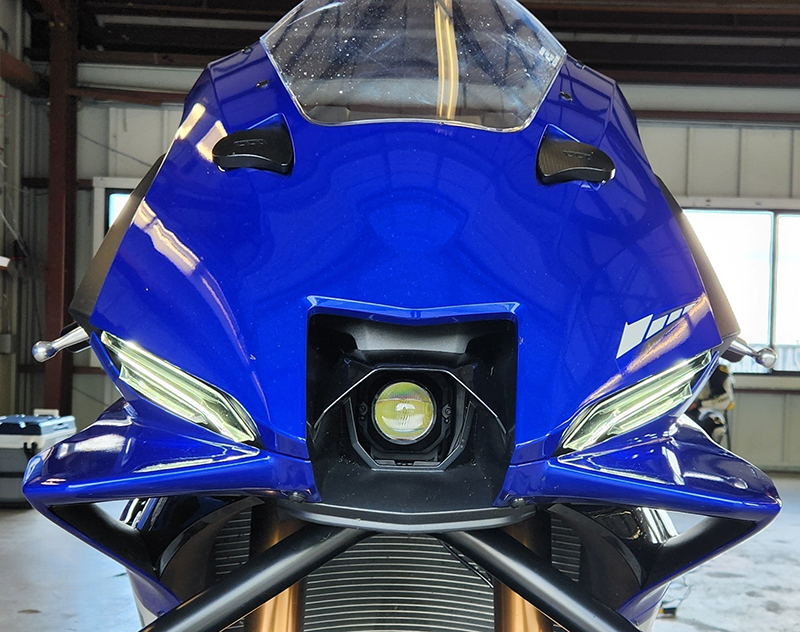
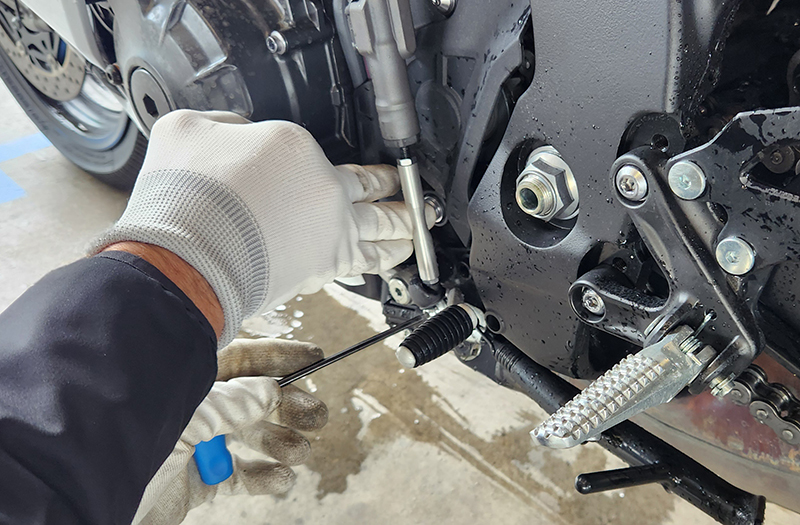
Dial It In with Ride Modes
Yamaha’s R9 electronics package offers an impressive number of modes for street or track riding. Using the 6-axis IMU (an electronic device that measures a motorcycle's movement in three dimensions) from the R1, it reads lean angle, pitch, yaw. This enables the bike to manage traction control, slide control, wheelie control, and ABS.
For the street, there are five ride modes: Sport, Street, Rain, and two customizable modes where you can adjust each setting independently. On the track, you unlock four dedicated modes, including options with reduced ABS intervention and more aggressive throttle response.
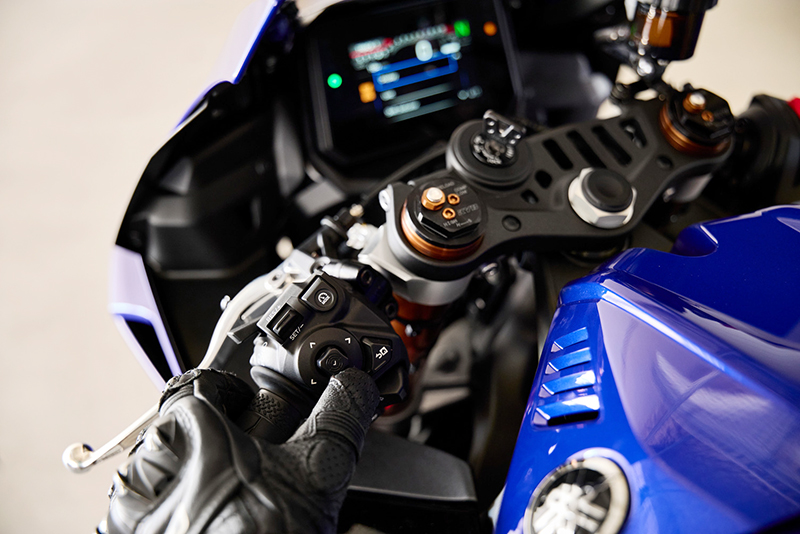
Next-Level Suspension That Really Works
The R9 is the first Yamaha street bike to feature KYB’s separate function fork with a base valve—a design previously used in racing. This technology provides smoother, more predictable damping, especially over small bumps or mid-corner imperfections. On a rainy track day like ours, this made a noticeable difference in front-end confidence.
The rear shock has been updated too, with a new swing valve system for better control at low speeds (like the initial hit of a bump), which helps the tire stay planted—key when traction is limited.
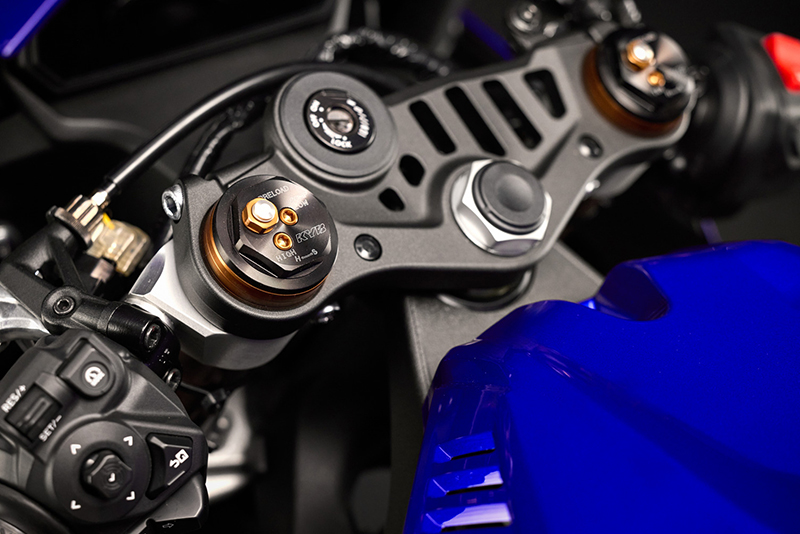
Well Planned, Down to the Wheels
Instead of using the newer MT-09’s lighter wheels, Yamaha opted for the proven R6 5-spoke cast aluminum wheels. Why? The slightly heavier setup offers better feedback and a more planted feeling at max lean angle. This subtle choice reflects Yamaha’s focus on real-world rideability and confidence over specs on paper.
Y-TRAC: MotoGP Tech in Your Pocket
One of the most exciting features of the R9 is Y-TRAC, a free app that lets you review data from your ride—just like the pros. It records up to 26 parameters including lean angle, brake pressure, throttle input, and more, then overlays that data onto a map of your ride or track session. You can use it to see where your traction control kicked in, adjust settings accordingly, and ultimately become a better rider.
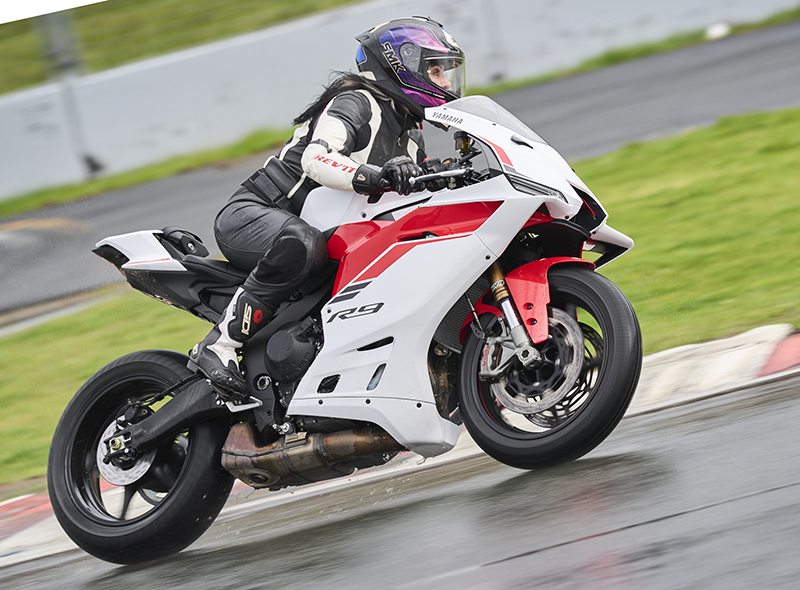
Building on the R7 Legacy
Let’s not forget where this momentum started. The Yamaha R7, with its accessible price and confidence-inspiring performance, quickly became a favorite among newer riders and racers alike. The R7 even won two MotoAmerica Twins Cup Championships. The R9 builds on that legacy with more power, better suspension, and a tech package that makes it even more capable.
If you’ve outgrown the R7 or want something with more punch and refinement, the R9 is your natural next step.
Specs at a Glance: Yamaha YZF-R9
Engine size: 890cc
Seat Height: 32.7 inches
Fuel Capacity: 3.7 gallons
Wet Weight: 430 pounds
MSRP: $12,499
2025 Colors: Team Yamaha Blue, Matte Raven Black, Intensity White/Redline
WRN Recommendation
The R9 may not be a “superbike” by displacement definition, but it offers superbike-like performance in a simpler package that’s more inclusive for a broader range of riders—including women who want a powerful, modern machine that won’t punish on longer rides.
Yamaha’s 2025 R9 isn’t just a new model—it’s a new “philosophy.” Instead of chasing extreme performance numbers or catering only to elite racers, Yamaha has created a fun, fast, and functional bike that appeals to more riders. Whether you’re commuting, carving canyons, or doing your first track day, the R9 is a bike that makes you feel like a part of the sportbike world.
If you want the thrill of a superbike without the drama, the R9 is your sweet spot.
